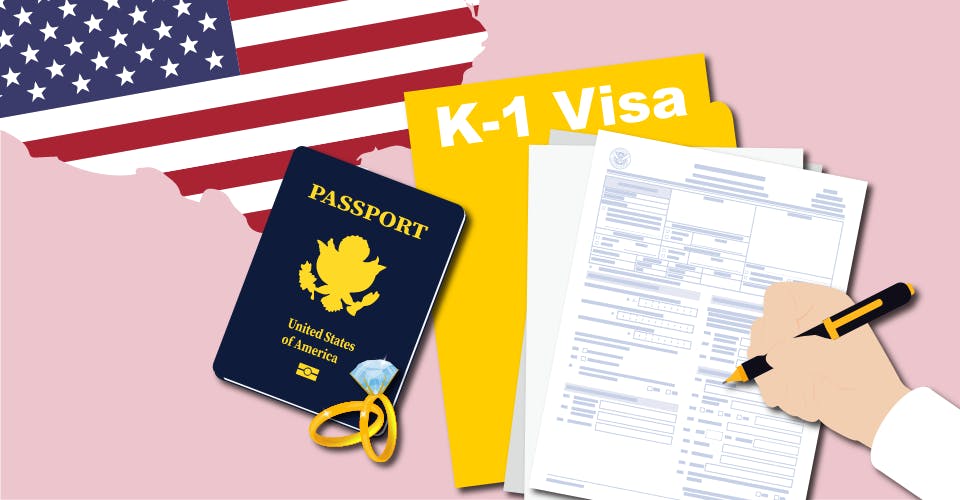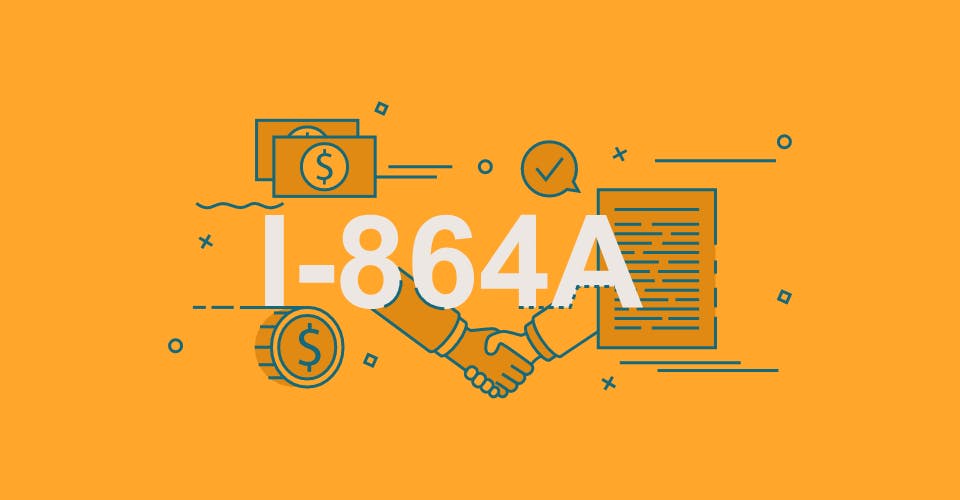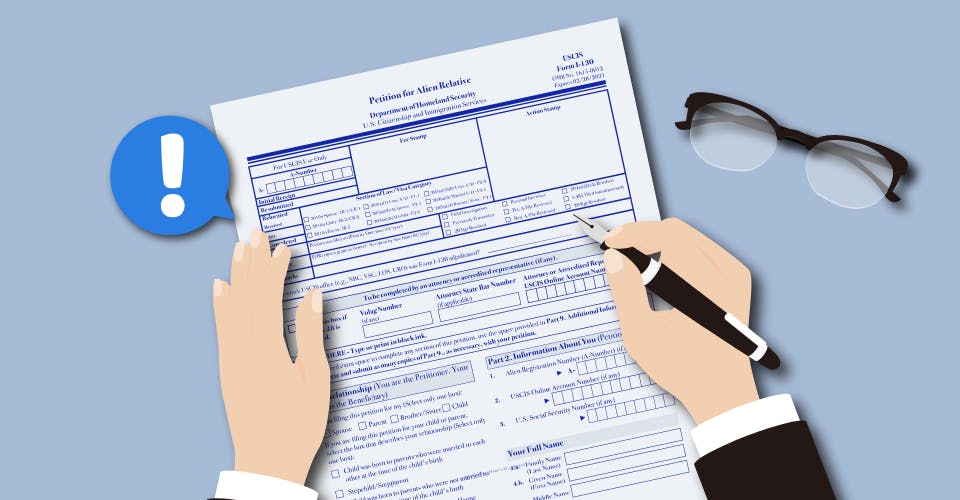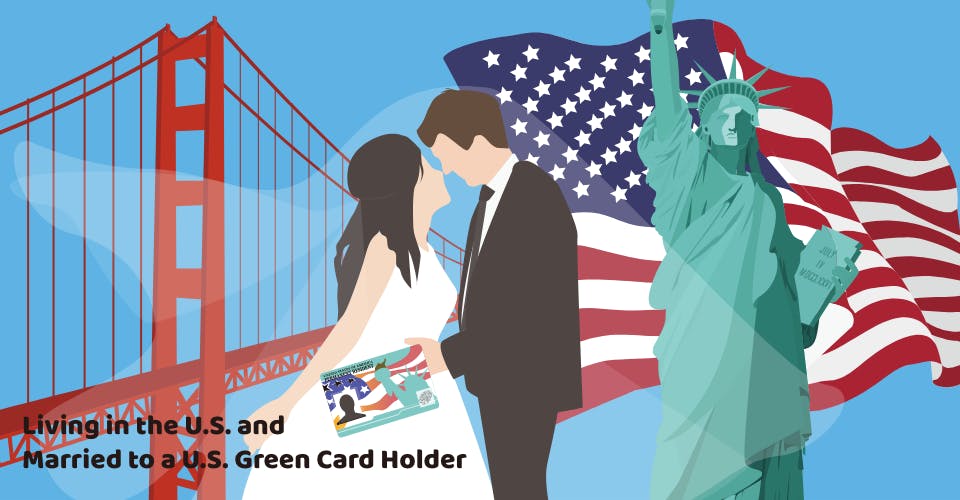The K-1 immigrant visa process can be confusing, but this guide is meant to clarify the process on behalf of the foreign fiancé and the U.S. citizen who will end up filing with the USCIS on behalf of their partner who is in another country. In general, the K-1 Visa is meant to bring a foreigner, who plans on marrying a U.S. citizen within 90 days of having their K-1 visa approved, to the United States for legal entry at a port of entry.
First Steps
The process begins with the U.S. citizen who must go to the USCIS website, download the Form I-129F, and complete it accordingly. Please note for the U.S. citizen that this form is also used for K-2 processing (for the children of the fiancé to become legal permanent residents as well, so please make sure to specify on your I-129 if your fiancé has children and to be consistent with their full names, nationality, other essential information).
Once the U.S. citizen has finished the form in its entirety (including signature), the same process goes with most other USCIS forms—the applicant will need to send the form to the USCIS Dallas Lockbox Facility:
U.S. Postal Service (USPS):
USCIS
P.O. Box 660151
Dallas, TX 75266
The filing fee is $535 dollars. Applicants will need to pay with a money order, personal check, or cashiers check. If you are filing directly at a lockbox facility, you may also pay via credit card using Form G-1450, Authorization for Credit Card Transactions. Checks should be made payable to the U.S. Department of Homeland Security.
Key Documents
The U.S. citizen filing an I-129 for K-1 visa approval for their fiancé(e) needs to have the following documents ready/prepared during the time of filing:
- Evidence of U.S. Citizenship (U.S Passport #, Original Statement from a U.S. Consular Officer, Birth Certificate)
- Evidence your fiancé legally terminated any previous marriages if necessary
- Evidence of the intention to marry within 90 days of approval of fiancés admission into the United States
- Evidence you met your fiancé within 2 years, in-person, of filing your I-129 Form. If you haven’t met within two years, submit evidence that meeting in-person would violate strict and long-established customs of your fiancé’s foreign culture or social practice or would be an extreme hardship on the petitioner.
NVC Processing
If more evidence is needed for your I-129 Form, you will be contacted/notified by the USCIS, and if the agency establishes your eligibility, they will recognize your claimed fiancé’s relationship and send your approved application (delegating responsibility) to the State Department’s National Visa Center (NVC). For more information on the direct role of the NVC in terms of immigration, please see link on the DOS website: https://travel.state.gov/content/travel/en/us-visas/immigrate/national-visa-center.html
Please note the distinction between the actual Form I-129 and the K-1 Visa. The visa is what is awarded to the prospective foreign marital partner looking to come to the United States. The Form I-129 is just how that process is legitimized along the way.
Once the approved I-129 is in the hands of a U.S. embassy or consulate where your fiancé lives, the consulate will notify the original I-129 applicant when the visa interview will be scheduled (for the fiancé).
In the meantime, the fiancé will need to apply for the actual K-1 Visa and bring the required documents to the visa interview at said U.S. consulate where the visa will either denied or granted:
- DS-160 Printed Confirmation Receipt (this can be filled out and submitted electronically on the State Department’s website—for temporary travel to the U.S.)
- Photocopy of the original I-129 petition filed by U.S. citizen (prospective marital partner)
- Form I-797 Photocopy (USCIS letter than approved the original petition).
- Valid Passport, as well as 2 Passport style photos
- Fee payments (receipts)
- Evidence of ongoing relationship (emails, pictures, bill payments)
- A police certificate (for verifying country of residence)
If the K-1 visa is granted, the foreign fiancé can now travel to the United States. As with any visa that is granted by the State Department, the visa itself does not guarantee admission to the U.S. until the person in question is admitted past the interviewing CBP officer.














